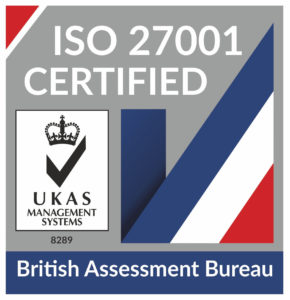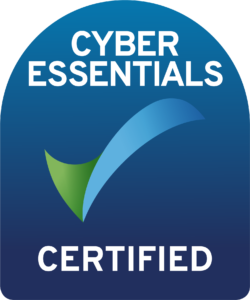
HaloITSM Guides
Documentation to assist with the setup and configuration of the HaloITSM platform
Custom Buttons
Custom buttons can be used to add a host of functionality to various areas in Halo whilst being very simple to configure. You might use custom buttons to:
- Build on the functionality of an existing integration
- Create a basic integration with another web-based application or service
- Add custom shortcuts to existing functions within Halo
Adding a New Custom Button
Head to the configuration page and then navigate to "Custom Objects" which is near the end of the list. You'll see the option for Custom Buttons. If you click on that you will see a list screen, with a drop-down in the top-left to select which type of custom buttons to show. The options include:
- Customer
- Site
- User
- Asset
- Contract
- Item
- Supplier
- Supplier Contract
Buttons of type 'Customer' will show up near the top on the customer record in Halo, 'Site' buttons will show on the site record, etc. For example:
Select a button type and click 'New' to add a new custom button. You'll then see the following inputs:
- Button Name - this is the description of the button. This can be anything you choose and is purely used to identify the button in the config list.
- Button Label - this is the text that will appear on the button itself.
- Sequence in lists - this defines the order of the buttons both in the list and the order they appear in the entity.
- Button Icon - this is the icon that will appear next to the text on the button.
- URL - this is the URL that the button will open. More on this below.
- Open in New Tab - defines whether clicking the button opens the URL on in the same browser window, or in a new tab.
Creating your URL
You can have your button simply open a specified URL, or you can build a URL to open with the assistance of variables.
For example, you might have a 3rd party Remote Monitoring web application and you wish to add a button to the assets in Halo that opens the monitoring page for the individual asset. You might also have an asset field in Halo that contains the ID number of the asset in the 3rd party application (let's imagine that the asset field is called 'Third Party ID').
To achieve this, inspect the URL of the asset monitoring page in your 3rd party application. You can see in the example below, the URL contains the asset ID 123.
https://monitoring.rmm.com/asset?id=123
So in order to replicate this URL for the button on each of your assets, the URL that you'd need to use for the button would be:
https://monitoring.rmm.com/asset?id={$AFThird Party ID}
You can view the list of variables that you can use the form the custom URL by clicking on the link within the URL Details of the custom button creation screen:
Remember to put your variable between curly brackets, such as: {$CFCustomField}.
Popular Guides
- Asset Import - CSV/XLS/Spreadsheet Method
- Call Management in Halo
- Creating a New Application for API Connections
- Creating Agents and Editing Agent Details
- Departments and Teams
- Halo Integrator
- Importing Data
- Multiple New Portals with different branding for one customer [Hosted]
- NHServer Deprecation User Guide
- Organisation Basics
- Organising Teams of Agents
- Step-by-Step Configuration Walk Through
- Suppliers



